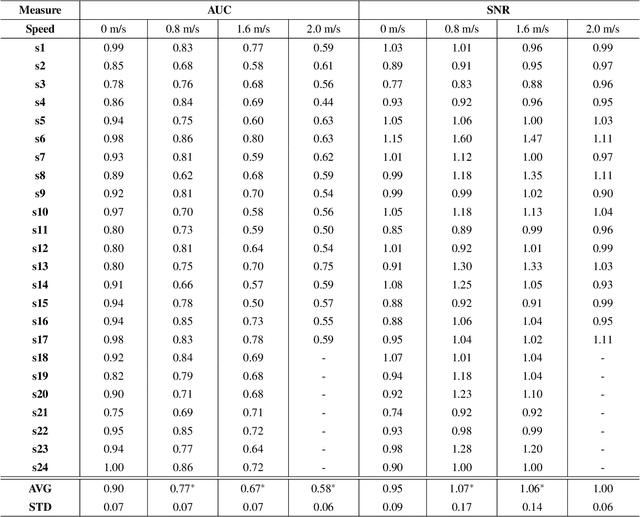Mobile BCI dataset of scalp- and ear-EEGs with ERP and SSVEP paradigms while standing, walking, and running
Paper and Code
Dec 08, 2021



We present a mobile dataset obtained from electroencephalography (EEG) of the scalp and around the ear as well as from locomotion sensors by 24 participants moving at four different speeds while performing two brain-computer interface (BCI) tasks. The data were collected from 32-channel scalp-EEG, 14-channel ear-EEG, 4-channel electrooculography, and 9-channel inertial measurement units placed at the forehead, left ankle, and right ankle. The recording conditions were as follows: standing, slow walking, fast walking, and slight running at speeds of 0, 0.8, 1.6, and 2.0m/s, respectively. For each speed, two different BCI paradigms, event-related potential and steady-state visual evoked potential, were recorded. To evaluate the signal quality, scalp- and ear-EEG data were qualitatively and quantitatively validated during each speed. We believe that the dataset will facilitate BCIs in diverse mobile environments to analyze brain activities and evaluate the performance quantitatively for expanding the use of practical BCIs.
 Add to Chrome
Add to Chrome Add to Firefox
Add to Firefox Add to Edge
Add to Edge